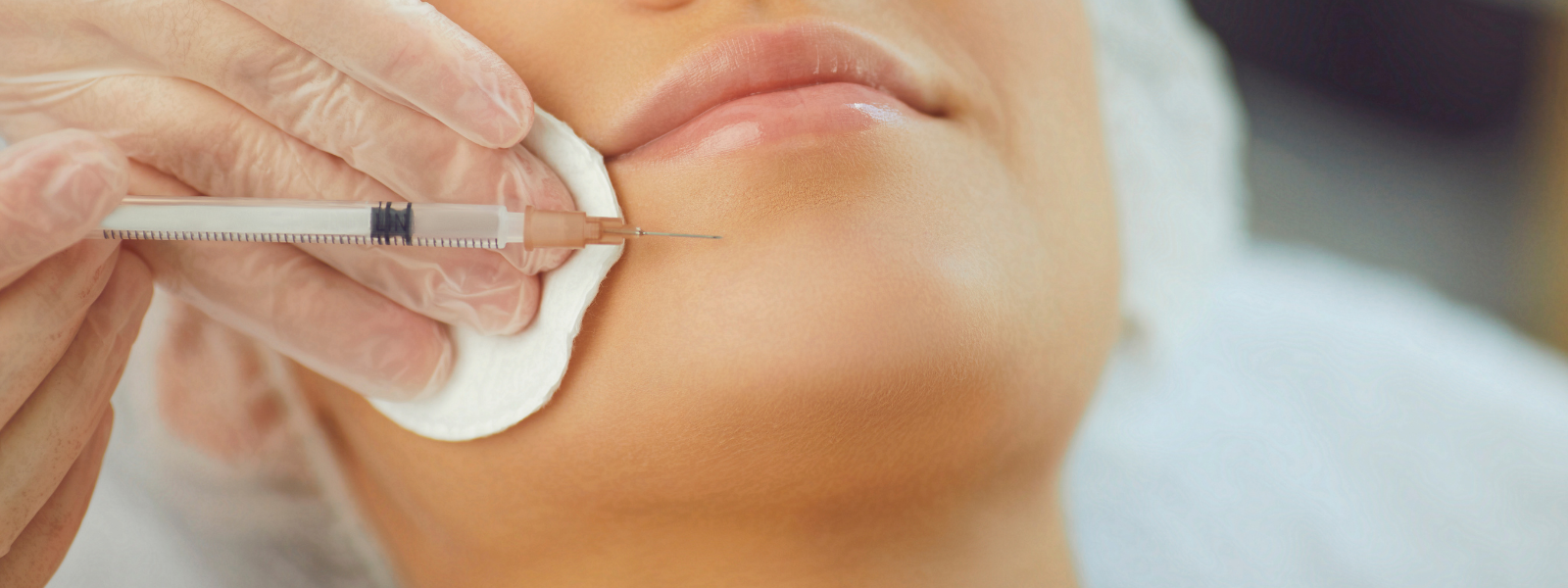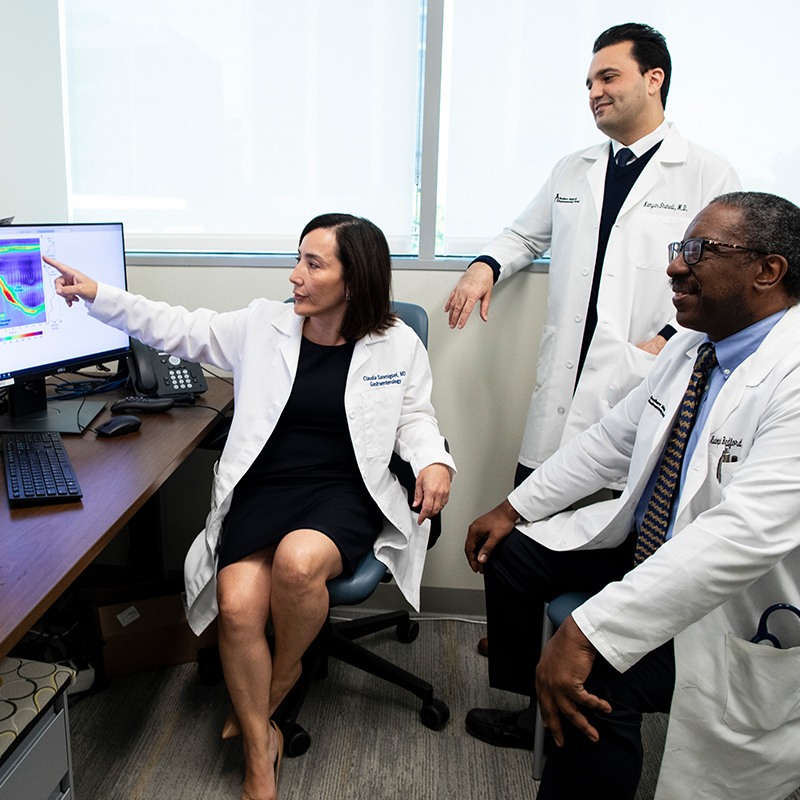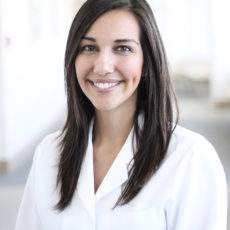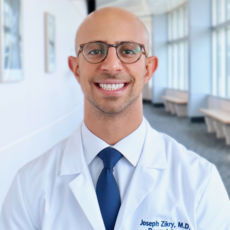Botox®

Overview
Botox®
Botulinum toxin, better known as Botox®, is a drug derived from the clostridium botulinum bacteria used to smoothen wrinkles and creases on the face. Botox® is injected into the muscle that controls the area where lines form and works by temporarily paralyzing the muscle to keep it from moving. Botox® is a brand name, and other brands are available for the same purpose. Your doctor will help you determine which is right for you.
Botox® injections are also effective on other conditions, such as neck spasms, migraines, cerebral palsy, excessive sweating, eye twitching, lazy eye and overactive bladder.
Botox® treatments are not for everyone. The following individuals should not receive Botox®:
- Pregnant women
- Women who are breastfeeding
- People with a neurological disease
- People with a neuromuscular disorder
- People who have difficulty breathing
- People who are allergic to Botox®
- People with an infection at the injection site
- People who have recently had or will soon have surgery
- People under 18 years of age
Why Botox®?
Botox® injections are an effective treatment to reduce the appearance of crow’s feet, forehead creases and frown lines. When properly administered by an experienced doctor, Botox® injections are very safe and convenient. Because it is a non-invasive procedure (unlike cosmetic surgery), recovery time is minimal. It only takes about 15 minutes per injection, and it is unnecessary to miss work or spend time with your family and friends. Besides cosmetic reasons, Botox® can also help reduce migraines, excessive sweating, overactive bladder, uncontrollable blinking and neck spasms.
Risks
Botox® Potential Risks and Complications
Only use an experienced doctor in a medical office or clinic and never go to an in-home “Botox® party” to reduce unnecessary risks or side effects. Although complications are rare when performed by an experienced doctor, some possible side effects include:
- Headache
- Drooling
- Crooked smile
- Eye dryness
- Droopy eyelid
- Excessive tearing
- Lopsided eyebrows
- Pain, swelling or bruising at the injection site
You could also experience flu-like symptoms such as:
- Fever
- Chills
- Cough
- Sore throat
- Burning sensation in the mouth
- Body aches and pains
- Reduced sense of smell
- Congestion or runny nose
- Malaise (a general feeling of weakness or mental uneasiness)
If the medication spreads to your body, you may risk more severe complications such as trouble:
- Seeing
- Speaking
- Swallowing
- Breathing

Prep
Preparing for Botox®
Let your doctor know all medications and supplements you take, whether prescribed or over the counter. Do not smoke or drink alcohol for several days before your appointment to help reduce your risk of bruising and swelling at the injection site. Additionally, you should avoid aspirin and ibuprofen for about a week before treatment. Ask your doctor how long you should wait after your treatment before resuming. Make sure your skin is clean and free of dirt, makeup and moisturizer. Ask your doctor about how and when to apply arnica, a cream that can help reduce bruising.
What to Expect
What to Expect
During the Procedure
Botox® is typically injected directly into the muscle of the treatment area based on a plan you and your doctor come up with together to meet your goals. Although your doctor will not inject an anesthetic, they may apply an anesthetic cream or cold compresses to the injection site. Discomfort is usually minimal.
After the Procedure
You should be able to drive yourself home or to work after your procedure. Avoid touching or rubbing the treated areas for 12 to 24 hours after treatment. You should not lie down three to four hours after the procedure to prevent the Botox® from migrating to places where it is not wanted. Do not exercise for at least 24 hours after your procedure. Do not wear moisturizer or makeup for at least 24 hours. Do not get on an airplane for at least 24 hours after the procedure. Ask your doctor how long you should wait to be safe to take your medications after your treatment.
Follow-Up
Botox® does not require any recovery time.
Specialists

